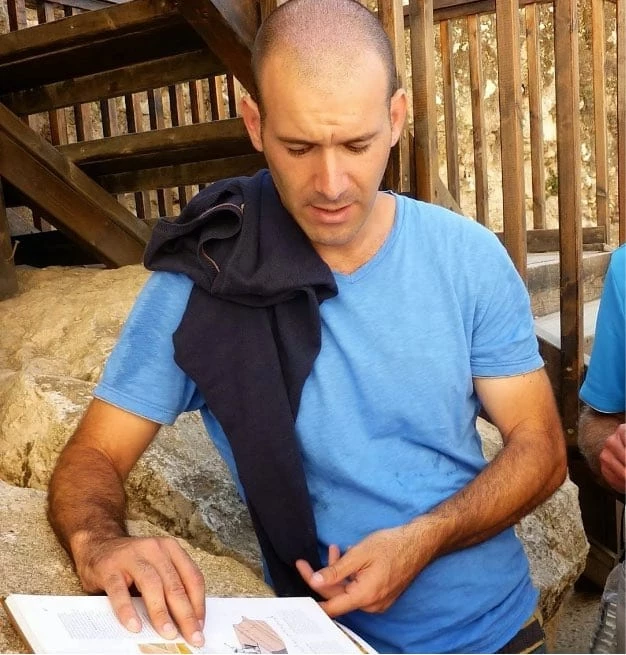With its rich history and diverse cultural influences, the Land of Israel has given birth to a unique architectural style that celebrates its ancient heritage and the spirit of modernity. This distinctive architectural approach, often called the “Land of Israel Style,” pays homage to the region’s past while embracing contemporary design elements, resulting in buildings that embody this storied land’s essence.
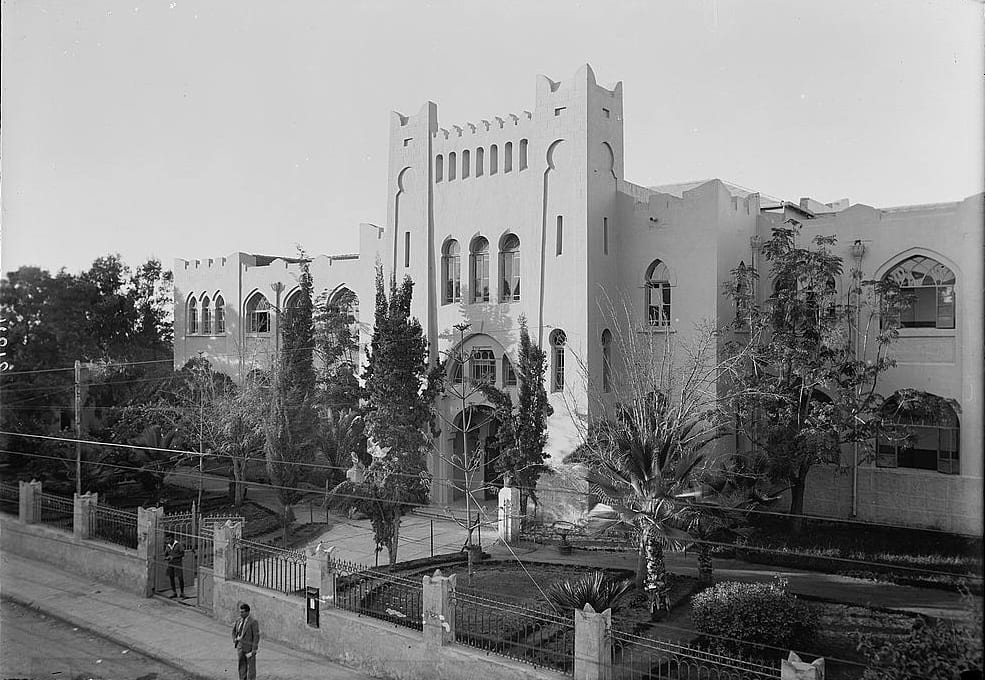
Embracing Cultural Roots: The Land of Israel Style draws inspiration from the country’s historical landmarks, ancient ruins, and traditional architectural motifs. From the timeless beauty of Jerusalem’s Old City to the ancient fortresses scattered across the landscape, these elements are thoughtfully incorporated into modern designs, forming a bridge between the past and the present.
The Eclectic Style
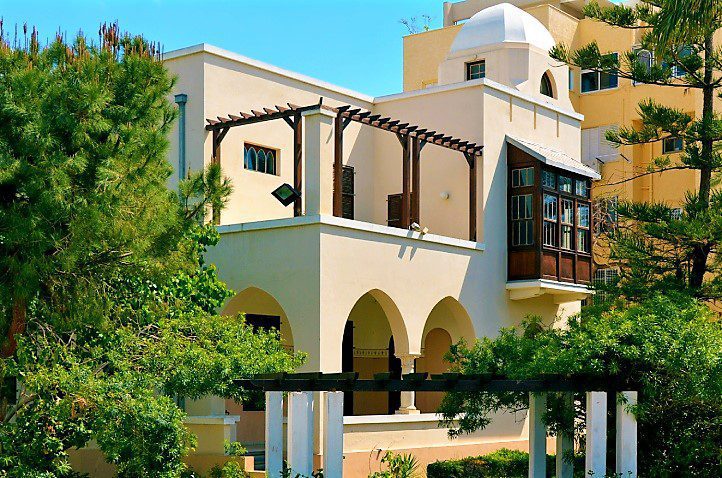
Regional Materials and Techniques
One of the defining features of this architectural style is the use of locally sourced materials and construction techniques. From Jerusalem stone to indigenous wood and earthy hues, these elements connect the buildings to the land they stand upon, anchoring them in the unique identity of the Land of Israel.
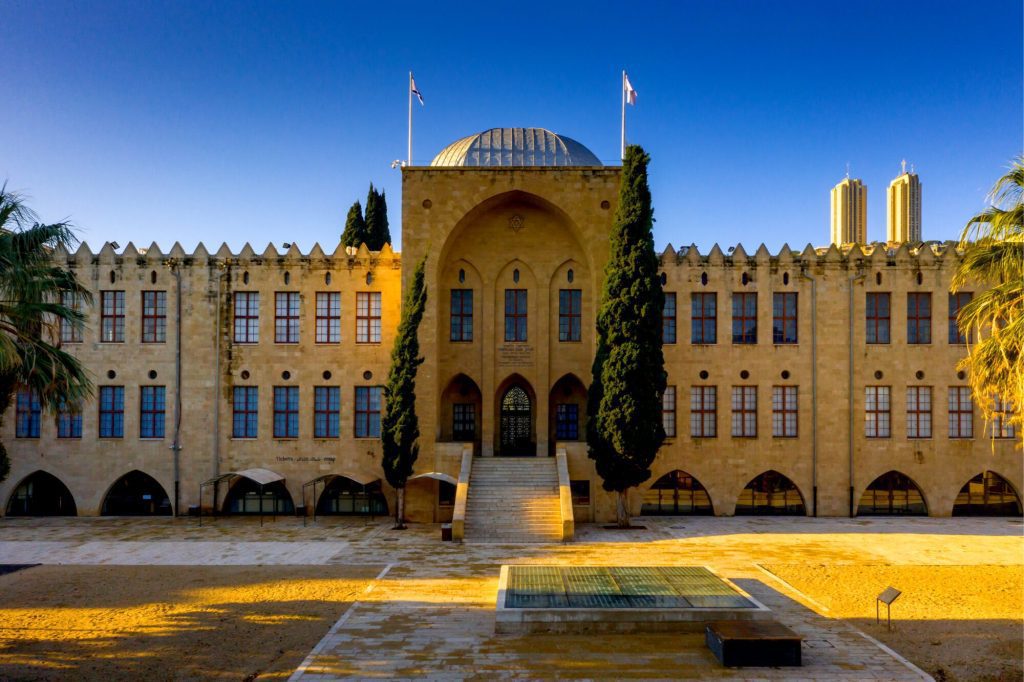
Harmony with the Environment: Sustainability and ecological considerations are crucial in the Land of Israel Style. Architects and designers aim to create buildings that harmonize with the natural surroundings, utilizing passive cooling and energy-efficient features to embrace the region’s warm climate while reducing their ecological footprint.
Tel Aviv Bauhaus Tours

Incorporating Modern Innovations: While rooted in tradition, the Land of Israel Style is not confined to the past. Modern innovations and technologies are seamlessly integrated into the design, creating functional and contemporary spaces that cater to the needs of the present-day inhabitants.
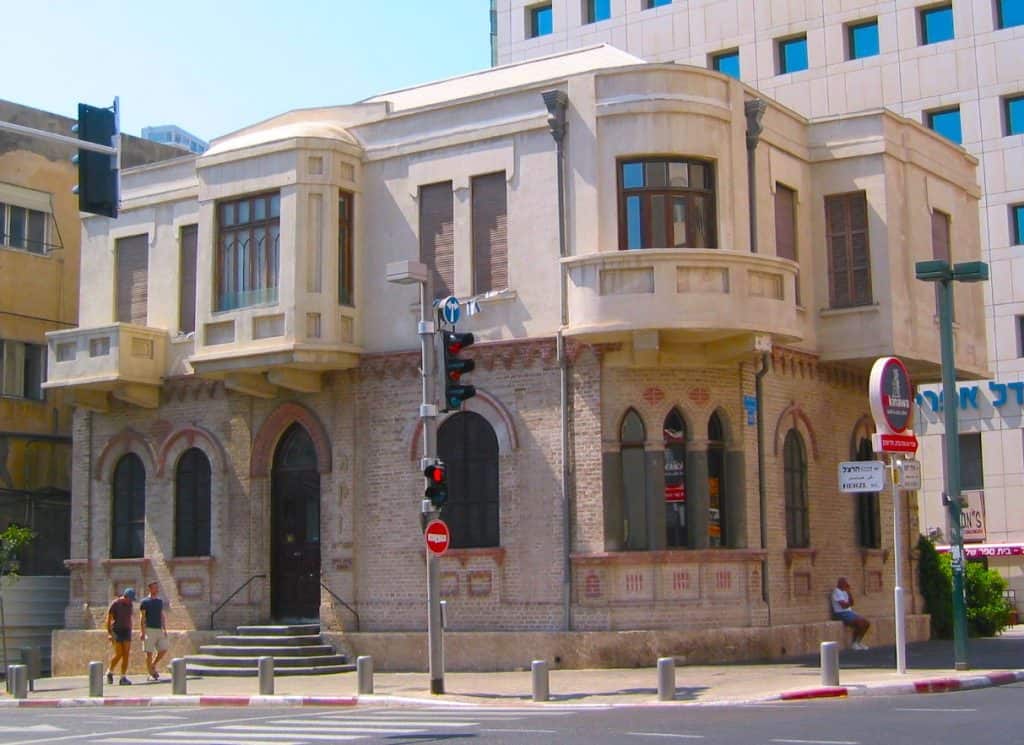
Credit: Sambach, CC BY-SA 2.5, via Wikimedia Commons
Urban Design with Community in Mind:
The Land of Israel Style is not limited to standalone buildings; it extends to urban planning that fosters a sense of community and belonging. Public spaces, green areas, and pedestrian-friendly environments reflect a thoughtful approach to urban design that encourages social interaction and connectivity.
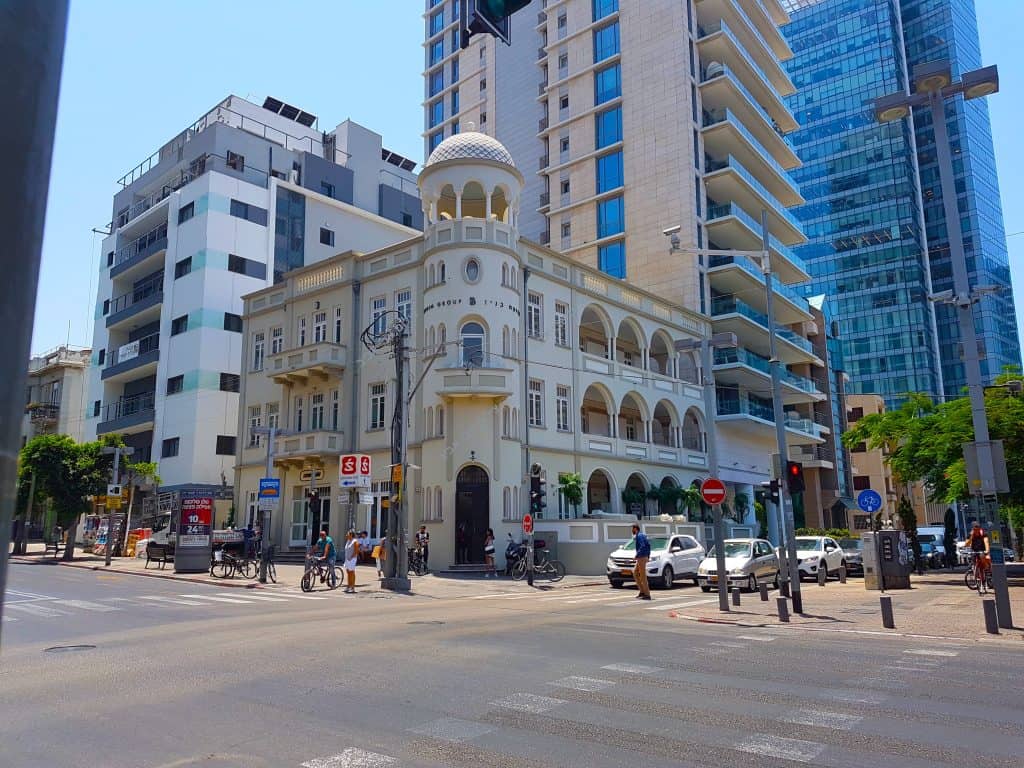
Credit: Avi Aviv – Pikiwiki Israel, CC BY 2.5, via Wikimedia Commons
Preserving Heritage, Building for the Future: Preserving the country’s architectural heritage is a key aspect of the Land of Israel Style. In addition to new constructions, there is a focus on restoring and revitalizing historic buildings, ensuring that the country’s past remains an integral part of its future.
Tel Aviv - "White City"
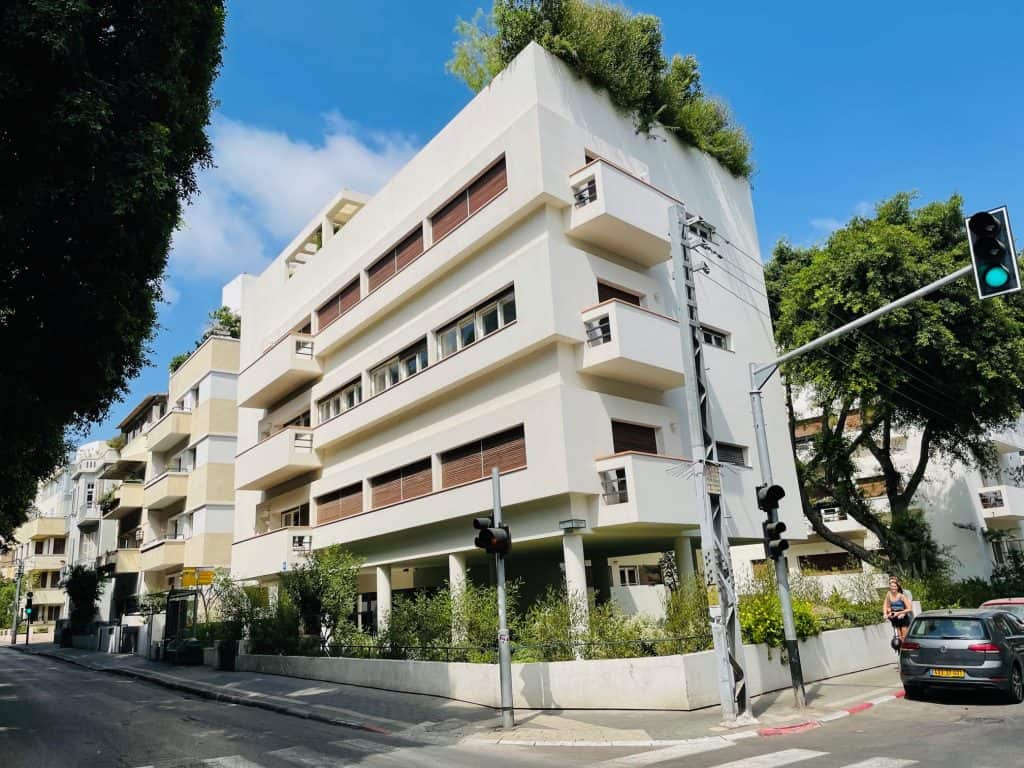
A Living Storybook of Architecture
The Land of Israel Style in architecture is a narrative that narrates the country’s history and aspirations. It weaves together the threads of ancient civilizations, regional traditions, and modern innovations, creating a tapestry of architectural brilliance that is distinctly Israeli. As this style continues to evolve, it remains a reflection of the people, the culture, and the timeless spirit that make the Land of Israel a unique and cherished place on the global architectural map.
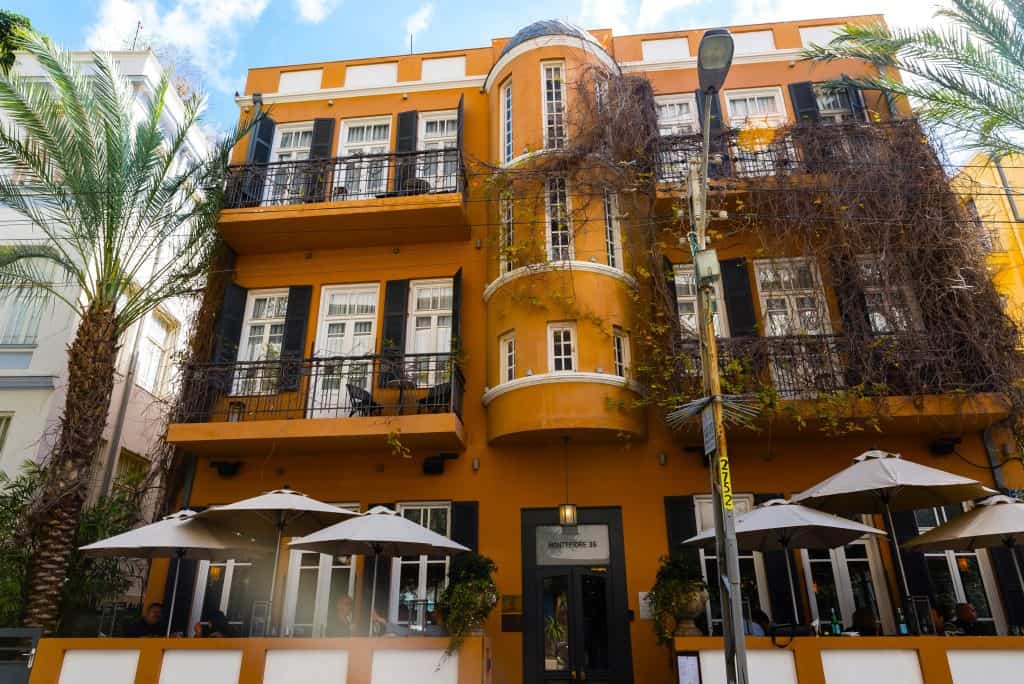
Credit: Roni Pomerantz Pikiwiki Israel, CC BY 2.5, via Wikimedia Commons
So, whether you are strolling through the historic alleys of Jerusalem, gazing at the modern skyline of Tel Aviv, or exploring the quaint villages of the countryside, the Land of Israel Style will captivate your imagination and offer a glimpse into the architectural story of this remarkable land.

